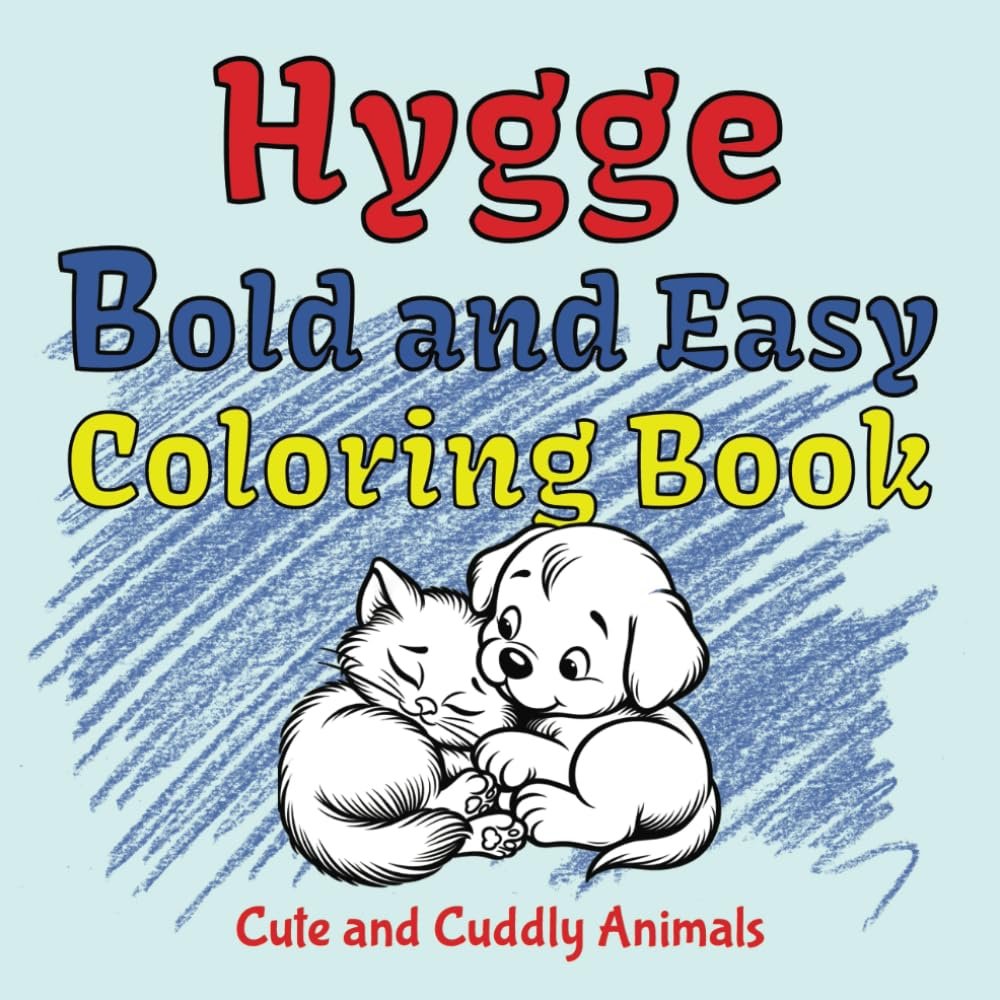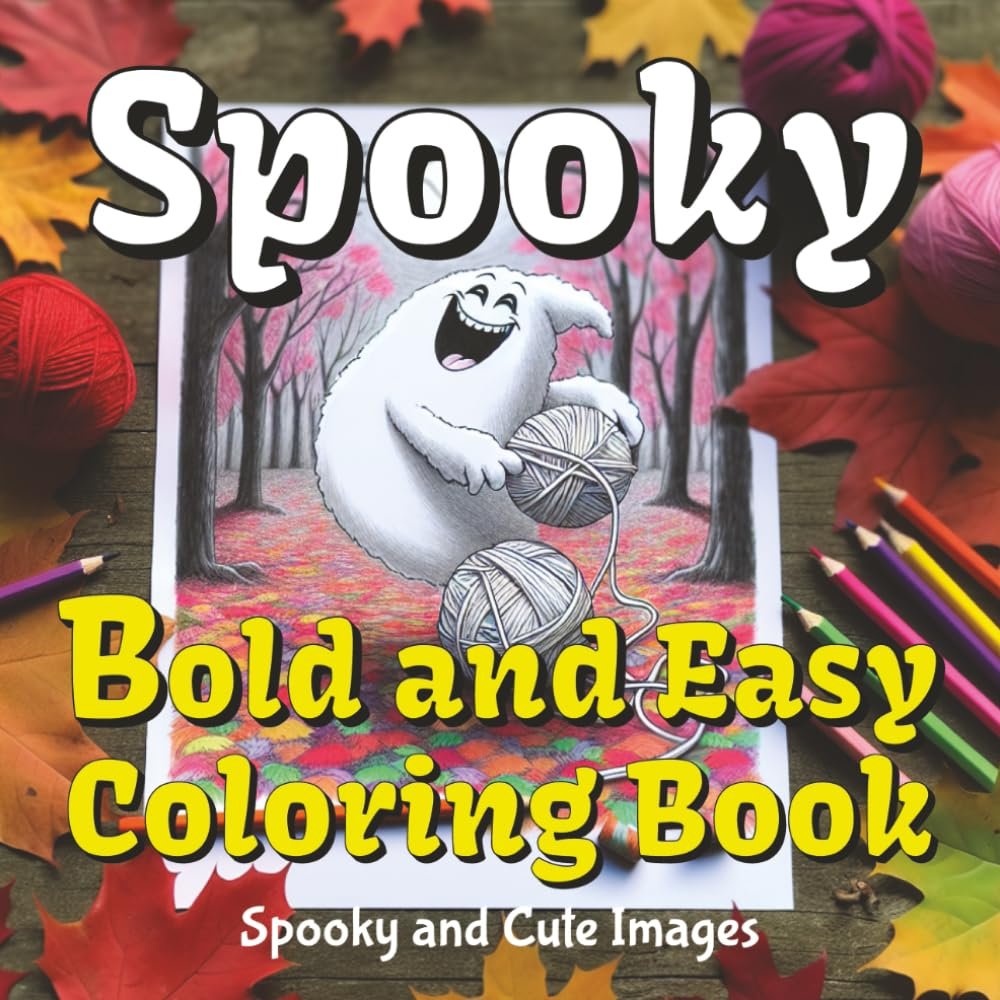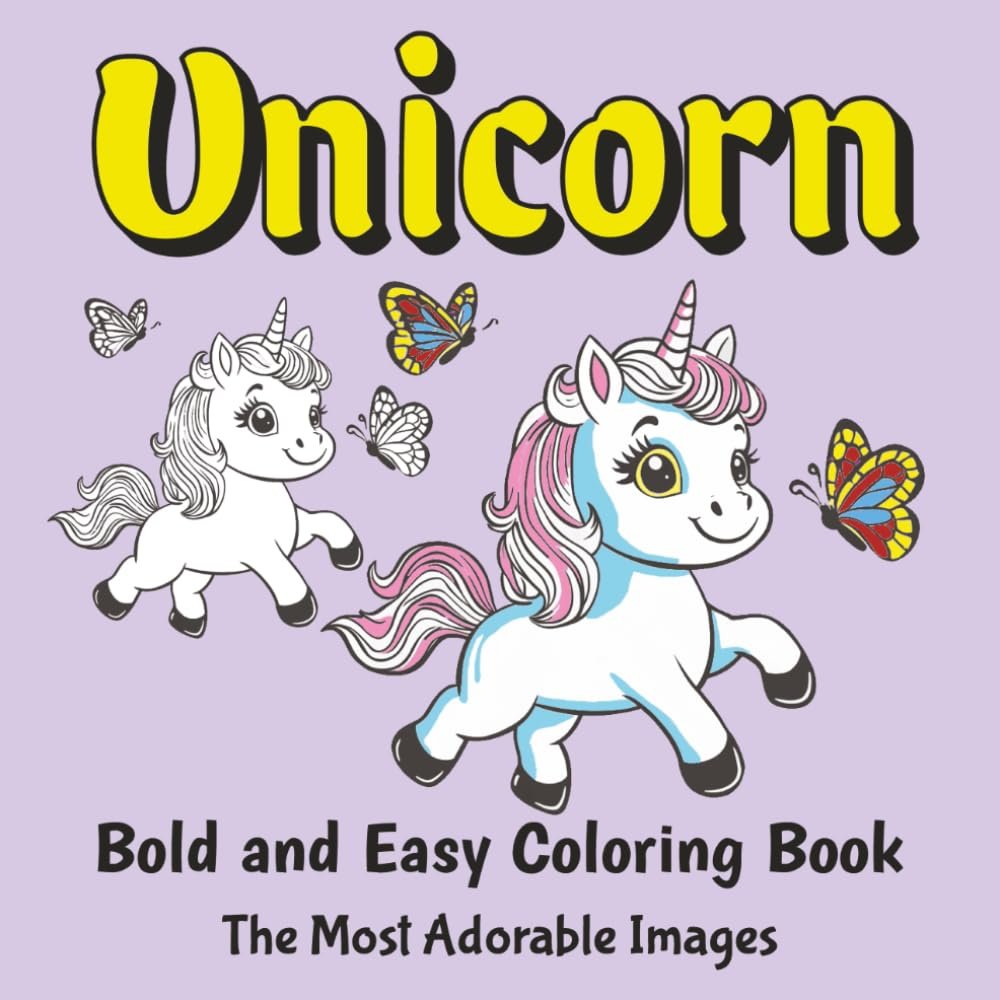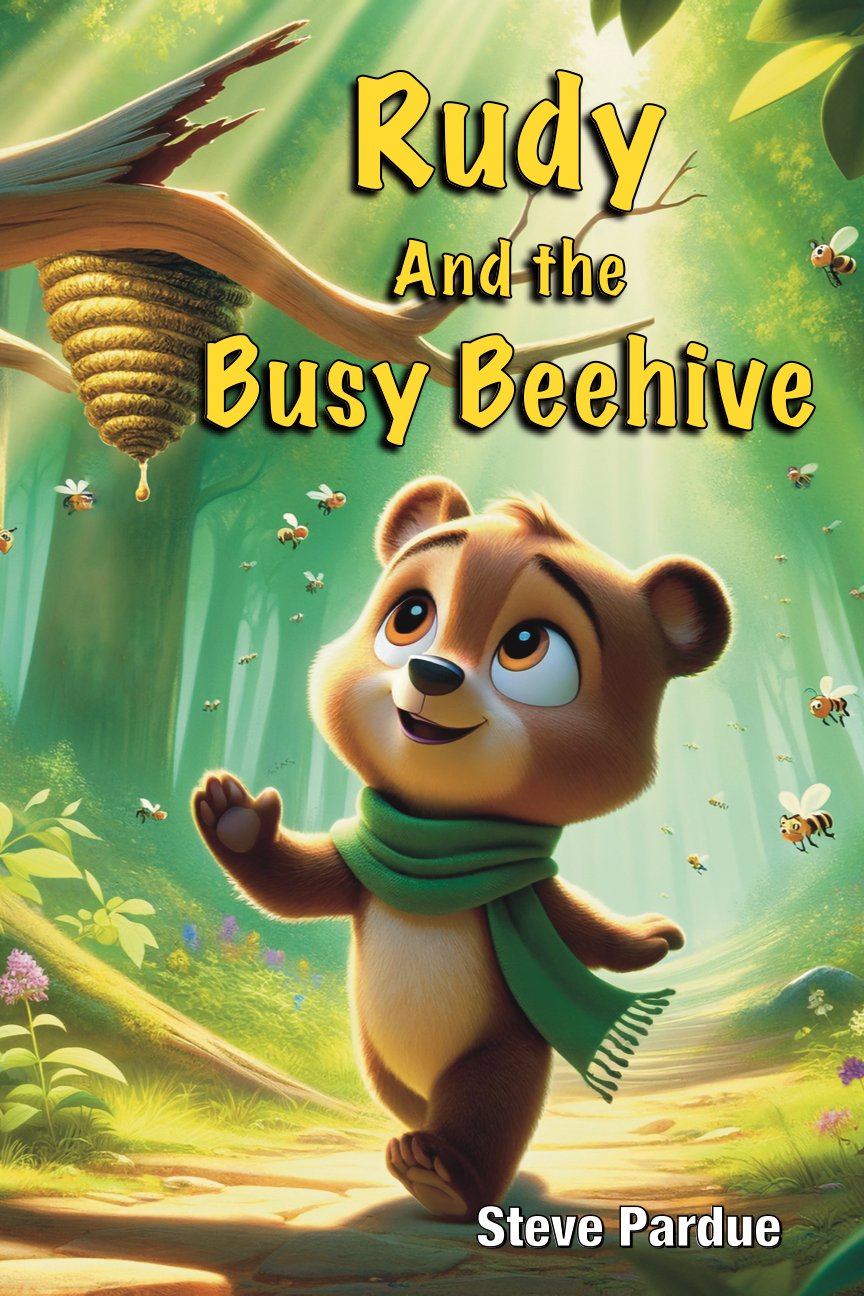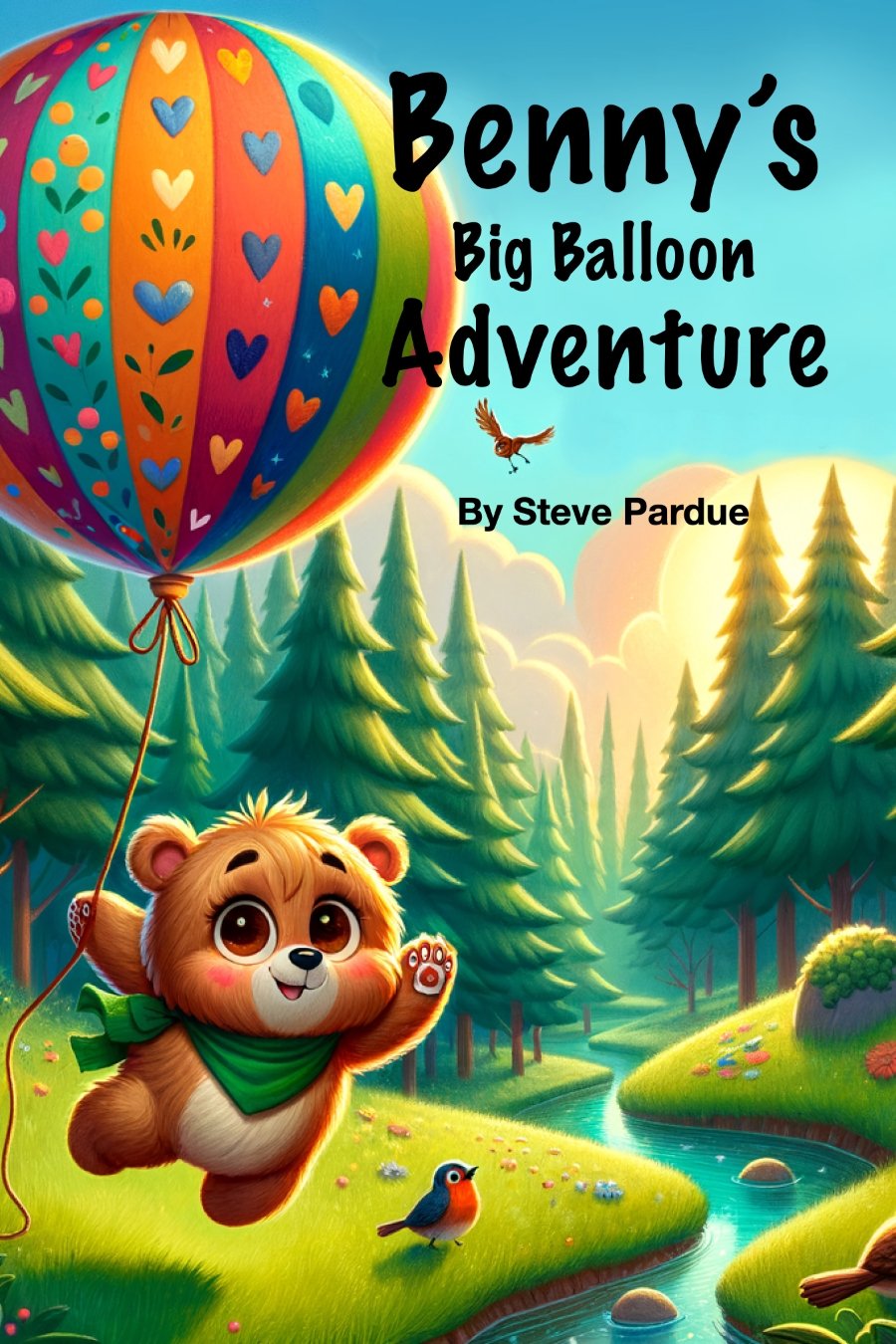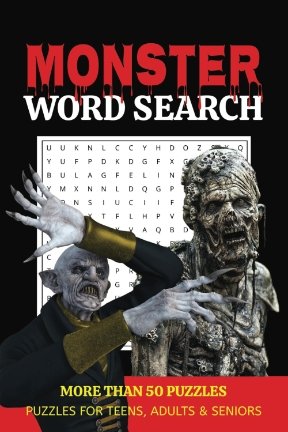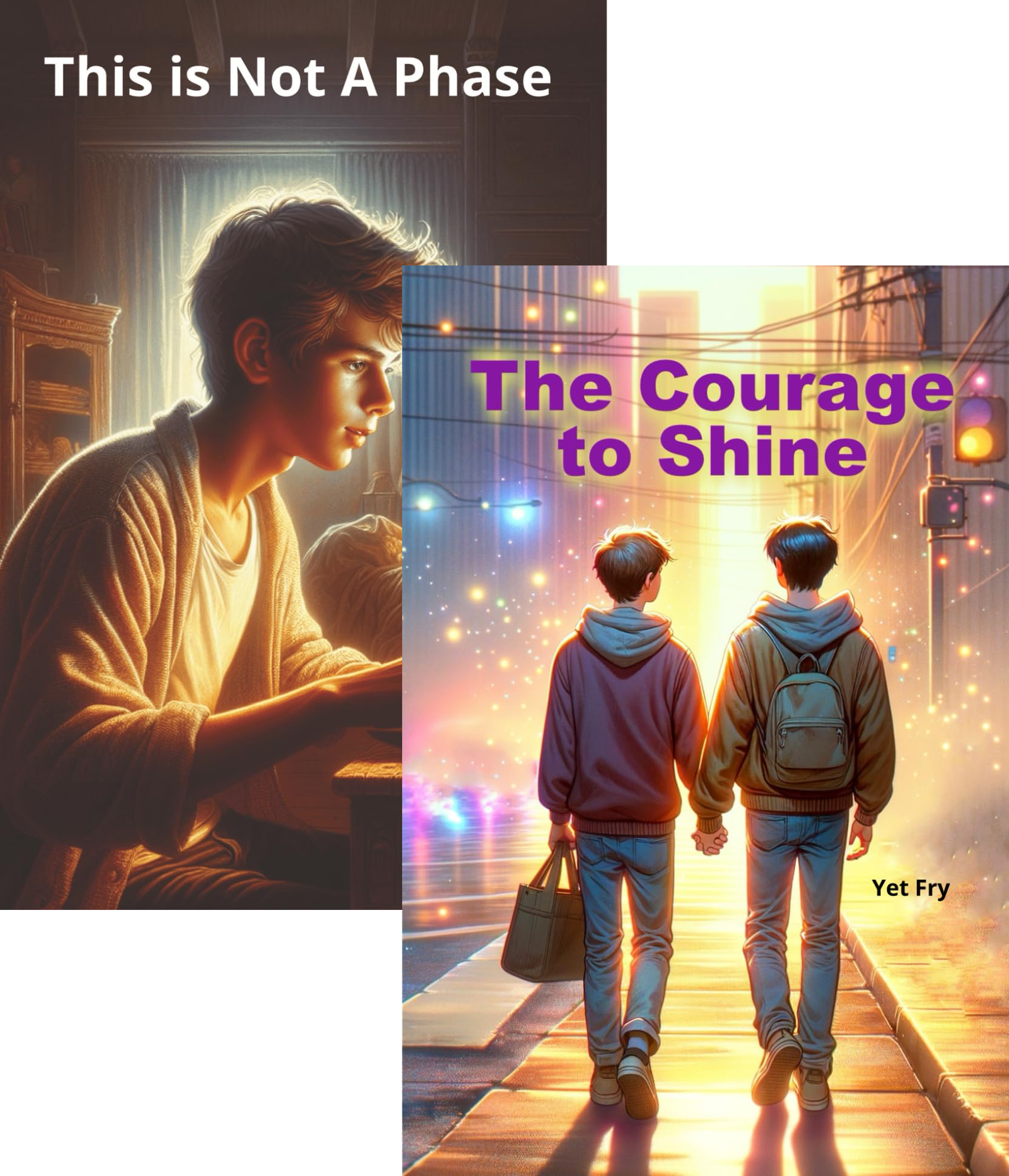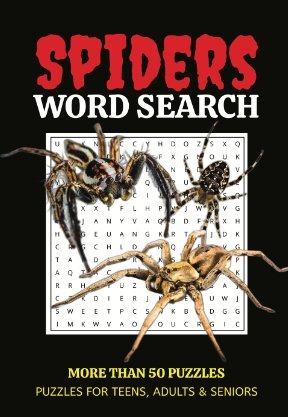
When I first started in ad design, I was convinced that flashy, high-budget visuals were the key to capturing attention. It seemed like every successful ad I came across had something extraordinary—whether it was a mind-blowing graphic, an A-list celebrity, or a massive production budget. I remember diving headfirst into projects, thinking that the more extravagant the design, the better the results. But then, I encountered a project that completely flipped my understanding on its head.
It was a campaign for a small local business with a limited budget. They couldn’t afford anything too flashy or expensive, so I had to rethink my approach entirely. Instead of focusing on what I thought made an ad successful, I started experimenting with simpler, more cutting-edge techniques that I hadn’t given much attention to before. This experience turned into one of the most valuable lessons of my career.
I learned that one of the most effective ways to capture an audience’s attention isn’t through complexity, but through simplicity combined with a deep understanding of the target audience. The right color palette, a clever use of typography, or a minimalist design can be just as—if not more—impactful than a high-budget production. It was about creating something that resonated with the viewer on a personal level.
Another thing that completely changed my perspective was the power of under-the-radar trends. While big brands were competing over who could outshine the other with the latest technology or most famous spokesperson, there were smaller trends quietly gaining traction. These trends weren’t in the spotlight, but they were incredibly effective for those who knew how to use them. For example, I discovered that more and more people were responding positively to ads that felt authentic and organic rather than overproduced. I started incorporating this authenticity into my designs—using real, relatable imagery and honest messaging—and the results were astounding.
But perhaps the most eye-opening moment came when I realized how many myths I had believed about ad design. One of the biggest myths I busted was the idea that ads need to be loud to be effective. In reality, some of the most successful ads are the ones that speak softly but carry a big message. They don’t scream for attention; instead, they subtly draw you in and make you think. This was a game-changer for me. It shifted my focus from trying to make my designs shout to figuring out how they could whisper just the right message to the right audience.
By debunking these myths and embracing cutting-edge techniques along with under-the-radar trends, I’ve been able to create ad designs that not only look great but also connect with people on a deeper level. It’s not always about following the crowd or sticking to what’s popular; sometimes, the most effective strategies are the ones that go unnoticed by the majority but make a significant impact in the right hands.
Now, whenever I approach a new project, I think back to that small campaign. It taught me that true creativity in ad design isn’t about how much you spend or how extravagant your ideas are. It’s about understanding the nuances of your audience, leveraging trends that others might overlook, and being willing to challenge the status quo. These lessons continue to guide me, reminding me that sometimes, less really is more—and that the right idea can transform even the simplest design into something extraordinary.


